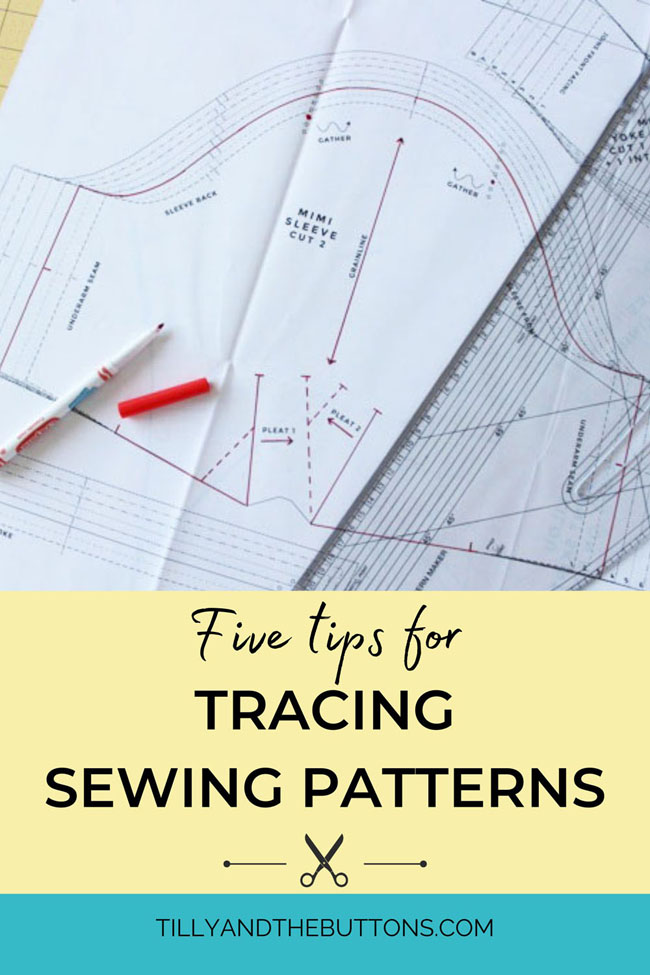
This month people have been suffering from Megan madness – we have seen so many great versions of this dress being made! Charlotte loved making herself a new Little Black Dress, and Jemima made the Megan dress her own by lowering the empire waist line and adding a self-drafted collar and button placket. The pattern is included in Tilly's book, Love at First Stitch.

Katie used some swoon-worthy floral Liberty fabric to make her Megan dress. And Jane looks very happy to be wearing her version made with a beautiful swirly print fabric.

The Lilou dress (also from Love At First Stitch) has been getting some major love too. Thouraya has sewn her new favourite dress in a fab arrow print fabric, while Elie’s floral version looks super cool with black tights and boots.

Who would have guessed that this awesome bright red Coco is the first garment Lisa has ever made?! I love how Selmin has used a different colour fabric for the funnel neck and sleeves on her Coco - such an effective idea.

Spring is definitely in the air, and Holly is getting in the spirit with her adorable floral Mimi blouse (pattern in Love at First Stitch). Sylvia has also used a fab flower print for her version, in a gorgeous shade of green. Cute buttons too!

Lottie had her head in the clouds when making herself this fun Clemence skirt (project included in Love at First Stitch). Sarah has chosen some great fabric too – who doesn’t love a bright geometric print? It really stands out when teamed with a black top and tights.

The sleeveless version of the Francoise dress will be great for warmer weather. Ping looks stunning in her printed velvet dress with contrasting collar, and Tabatha was getting into the Valentines Day spirit with her Francoise in a crazily cute heart print. Also, anyone else have major rug envy?!

The Margot pyjamas (pattern included in Love at First Stitch) are just what you need to get cosy in the cold weather. This fab pair sewn by Sara are the first garment she has made – so impressive! Andy is also getting involved in the action, with these super fun pjs made for him by Christina.

Running out of things to team with a classic Breton striped top? What better than a bright yellow denim Delphine skirt, like this awesome one made by Jenna. Sophie has made her Delphine in a super stylish tartan. (Pattern from Love at First Stitch.)

Lindsey has made not one, but two adorable versions of the Mathilde blouse with short sleeves. Emma’s version looks great worn with some jeans – such a pretty, relaxed look.
If you (like me!) are getting major sewing envy right now, there is loads more inspiration in the Maker Galleries on Pinterest - go see what people have been making. If you've sewn something with a Tilly and the Buttons pattern, send us your best photo for the Maker Gallery - you can tweet us, email us, or send us a link through this page (unfortunately we can't pin from Instagram). We can't wait to see!








































